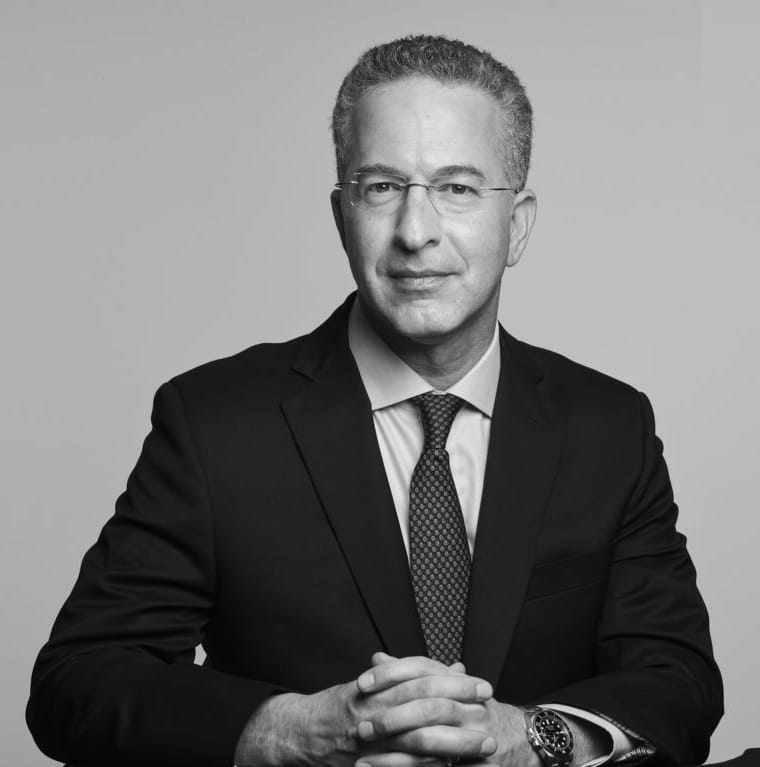Women preparing for mastectomy usually have an idea as to what size they want for their reconstructed breasts. Sometimes patients will tell me that they want a specific size and shape implant because that’s the size or shape that a friend of theirs might have. Unfortunately, choosing an implant is not so easy.
People come in many different sizes and different shapes. That’s why breast implants come in multiple different sizes and variety of different profiles.
It’s important to understand that every implant size and implant profile does not look the same in every patient. For example, the same implant will look completely different in a woman with a narrow chest as compared to a woman with a wider chest.
For women having breast reconstruction after mastectomy, choice of implant type (gel vs. saline), implant degree of cohesivity, implant profile, and implant volume must be customized to allow for the best possible outcome. While the choice of implant size and profile can be predicted to some extent before surgery, the final implant choice is frequently a game-time decision during surgery.
Since 1997, I have done thousands of breast reconstruction procedures in my practice. For implant breast reconstruction, my experience has been with Natrelle and Mentor implants. Taking patient expectations into consideration, I am able to rely on my experience when choosing implant type, size, and profile.


